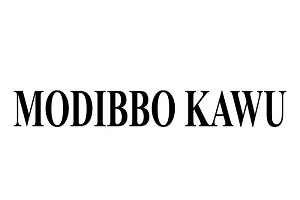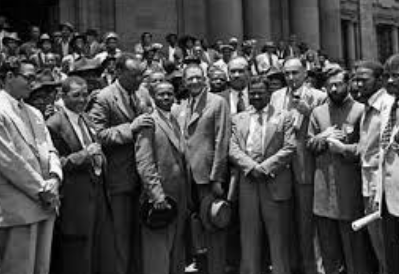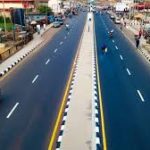CURRENT AFFAIRS UNIT, RADIO KWARA, ILORIN
PROGRAMME: NEWS COMMENTARY
DATE OF BROADCAST: 11/8/89 AT 1810 HOURS
WRITER: LANRE KAWU
Early this week, in South Africa’s Western Cape Province, twenty leaders of the mass democratic movement, broke their banning order, to address a well-attended church rally. It was one of the coordinated actions of the new Defiance Campaign launched against apartheid system. Under terms of the notorious banning decree, the anti-apartheid leaders, who were freed from prison early in the year, as a result of a spectacular hunger strike campaign, were not supposed to be part of a gathering of more than ten people.
Not only did they unban themselves, they gave an indication that various organisations of the people, that have been banned, such as the UDF, the Detainees Parents Support Committee, the Black Sash, and others in the mass democratic movement, would soon follow suit. As part of the Defiance campaign, hundreds of thousands of people had volunteered to flout the apartheid segregation laws, by visiting Whites-Only hospitals, to be treated. The latest act of the Black community came in the wake of the runup to the Whites-Only general election scheduled for September. The apartheid regime caught up in a vicious crisis, has been lost for newer tactics to properly prop up the tottering system.
As a sop to the right-wing sections of the White population, the State of emergency, imposed since June 1986, was renewed, while F.W. De Klerk, the Nationalist Party’s heir-apparent, made it clear that he would never preside over the liquidation of minority rule in South Africa. On the other hand, the well-orchestrated meeting between President Botha and ANC leader, Nelson Mandela, along with De Klerk’s visit to Mozambique, were to convince the world, that apartheid was actually changing its unwholesome complexion. These are coming at a time when the debts of South Africa were becoming due for repayment, and the economy is in severe depression, due to the Divestment and Boycott campaign and the fall in the world price of gold.
The Defiance Campaign launched last week, recalls a similar one from the 1950s, launched by the ANC and its allies- the Indian and Coloured people, as well as the White Congress of Democrats. That Campaign of more than 30 years ago, was very militant in execution, and led to the increase in the membership of the ANC, to over 100,000 people. It was the campaign that brought into national prominence such leaders as Oliver Tambo and Nelson Mandela.
It was from the Defiance Campaign, that the movement which provided the Freedom Charter was born. That program, remains the basic document of the South African National liberation struggle. Thirty-three years after, the program is still capable of mobilising people in their millions in South Africa.
The last one year has witnessed a lot of interesting changes in Southern Africa. This is borne out, by the developments around Angola, Namibia and recently, Mozambique. South Africa, being a regional issue of the most cardinal importance, cannot be isolated from all these changes. One thing seems certain. The initiative in that country is shifting, even if slowly, to the forces of change and liberation in South Africa. For instance, the issue now is no longer whether or not Mandela will be freed, but when. While the regime now knows clearly, that there is no hope of peaceful settlement, without the unbanning of the ANC.
In a fundamental way, therefore, the latest defiance of apartheid campaign shows that apartheid has, indeed, become a paper tiger, as the Chinese people would say. For how long will the white minority continue their intransigence? Maybe, when the Western powers stop supporting the obnoxious system, and the whole world realise, that there is no alternative route to peace in South Africa, except through the building of a non-racial, democratic society.


